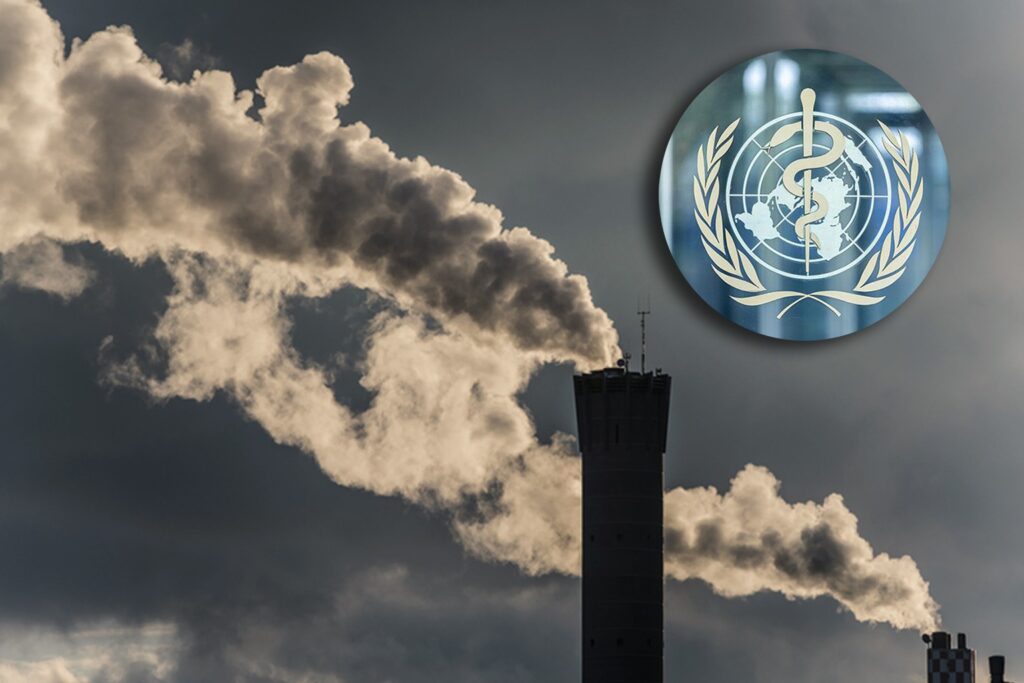
Just seven nations reached the World Health Organization’s (WHO) air quality standards in 2024, underscoring the fight against air pollution, based on new data issued by Swiss air quality monitoring company IQAir. The report sets serious alarm over the health of global air, particularly as the United States recently discontinued a central international air quality monitoring program, further shrouding the global picture.
Chad and Bangladesh emerged as the world’s most polluted countries last year, with smog levels exceeding WHO’s recommended limits by more than 15 times. The report identified that Chad’s average concentration of toxic fine particulate matter (PM2.5) hit 91.8 micrograms per cubic meter, just above 2022 levels. The nation, which was last year excluded from the 2023 rankings due to data gaps, has for years struggled with pollution from sources like Sahara dust and uncontrolled agricultural burning. Bangladesh trailed closely behind in the rankings, with equally dire air quality levels.
Conversely, just Australia, New Zealand, the Bahamas, Barbados, Grenada, Estonia, and Iceland complied with WHO’s stringent air quality standards of up to 5 micrograms per cubic meter. The results affirm the widening gap between countries that are actually controlling pollution and those that are facing serious smog issues.
One of the biggest setbacks for global air quality monitoring was the recent move by the U.S. State Department to close its global air quality monitoring program because of budget shortfalls. The program, for more than 17 years, offered critical real-time air quality information, especially in developing nations that did not have independent systems. With the elimination of long data records from the U.S. government’s official air quality website, at least 34 nations—most of them in Africa—are left without an important source of consistent pollution information. By Christi Chester-Schroeder, science manager of air quality at IQAir, many countries have depended upon air quality sensors that were installed at U.S. embassies and consulates, and the elimination of this program could have a dramatic effect on being able to monitor and fight pollution.
India, which ranked fifth among the world’s top five most polluted nations after Chad, Bangladesh, Pakistan, and the Democratic Republic of Congo, improved slightly, with PM2.5 concentrations falling by 7% to an average of 50.6 micrograms per cubic meter. India, however, hosted 12 of the world’s 20 most polluted cities. The most polluted place was Byrnihat, an industrial complex in the nation’s northeast, with a whopping PM2.5 reading of 128 micrograms per cubic meter.
Experts caution that global warming is adding to the pollution levels globally. Increased global temperature has fueled wild fires, and this has helped increase pollution levels in areas like Southeast Asia and South America. Christa Hasenkopf, director of the Clean Air Program at the University of Chicago’s Energy Policy Institute, reiterated the importance played by the U.S. air quality program that has since shut down in the improvement of air quality in hit cities. She pointed out that the program not only assisted in increasing life expectancy in highly polluted areas but also resulted in reduced hazard allowances for American diplomats, demonstrating its efficacy and cost-effectiveness.
The intensifying air pollution problem highlights the imperative for increased global cooperation, better monitoring mechanisms, and stricter policies against smog. With significant gaps in the availability of air quality data and increasing climate-based pollution incidents, the battle for clean air is increasingly difficult for most countries around the world.








